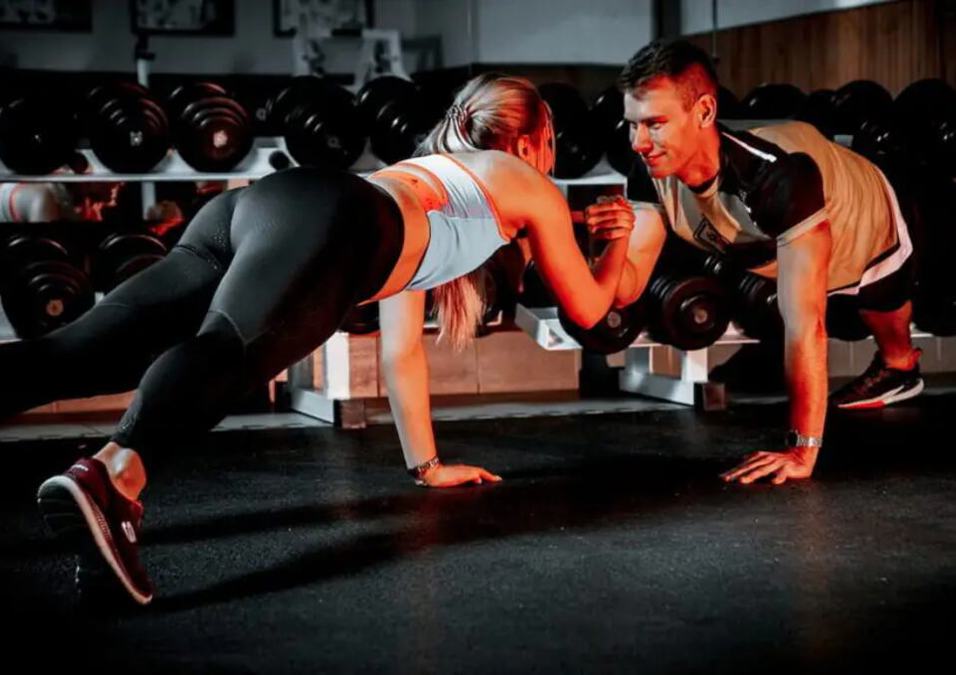5 Gym Tips for You and Your Boyfriend

SIGN UP FOR YOUR FREE DAY PASS TODAY!
When we asked Amanda Ngonyama, a Women’s Health Collective coach, whether men and women should follow different exercise routines, her answer was a firm, "Absolutely."
She clarifies, "Differences in muscle fiber types, hormone levels, and nervous system function mean that what works for women won’t always work for men, and vice versa."
While workout sessions with your male partner might still be beneficial, Amanda emphasizes that customized, gender-specific training plans can greatly enhance results.
Here’s how men and women can benefit from exercising differently, based on biological factors:
1. Women Require Less Rest
Due to a higher proportion of type 1 muscle fibers (slow-twitch fibers) in women, these fibers have improved blood flow and support greater endurance, allowing women to train for longer durations without fatigue.
Additionally, women have higher levels of estrogen, an anti-catabolic hormone that helps prevent muscle breakdown.
Studies suggest these factors combined enable women to recover more quickly during exercises, meaning they can take shorter rest periods.
Adding supersets, where two exercises are performed consecutively before resting, could be a game-changer for women. Meanwhile, men may benefit more from single-set routines with longer rest.
2. Women Can Train the Same Muscles More Frequently
Research published in the International Journal of Sports Medicine reveals that men experience a higher rate of muscle damage, including microscopic tears during exercise, compared to women.
This slower rate of muscle damage in women means they can safely and effectively target the same muscle group three to four times a week, depending on their fitness goals.
3. A Slower Tempo Benefits Women
Men have a larger motor cortex (the brain area that governs movement), resulting in faster reaction times and greater force generation.
On the other hand, research suggests women benefit more from controlled, slower tempos during weightlifting rather than the explosive style men often employ.
4. Women Feel Less Muscle ‘Burn’
Factors such as smaller heart sizes, higher estrogen levels, and a more subdued sympathetic nervous system response contribute to women having lower blood pressure during workouts.
This leads to more effective blood flow to active muscles and a reduced production of hydrogen ions, a byproduct of muscle activity responsible for the familiar “burn” sensation.
Consequently, women might not experience the burn as quickly or intensely, allowing them to tolerate higher workout volumes.
5. Women Can Perform More Reps and Sets Without Fatigue
Thanks to lower blood pressure, a greater abundance of type 1 muscle fibers, and estrogen’s muscle-protective properties, women can perform more repetitions and sets, even when lifting heavy weights, before hitting their fatigue limits.
However, Amanda offers an important reminder about age-related changes in muscle mass.
Both men and women begin losing about 3-5% of muscle per decade after age 30, a process known as sarcopenia.
For women, this loss accelerates during perimenopause as estrogen levels decline.
To counter this, Amanda suggests building a solid foundation of muscle through strength training as early as possible.
The earlier you begin working on strength, with a well-tailored approach, the better prepared you’ll be to manage these changes.
Source: womenshealthmag
The opinions shared in the GymNation blog articles are solely those of the respective authors and may not represent the perspectives of GymNation or any member of the GymNation team.
GET YOUR FREE TRIAL TODAY














































































